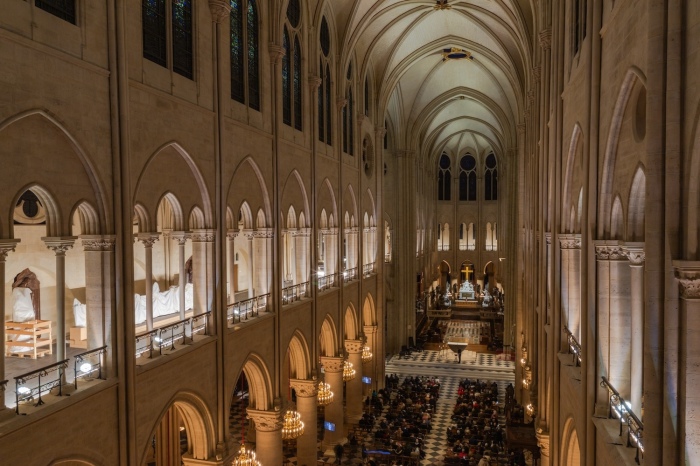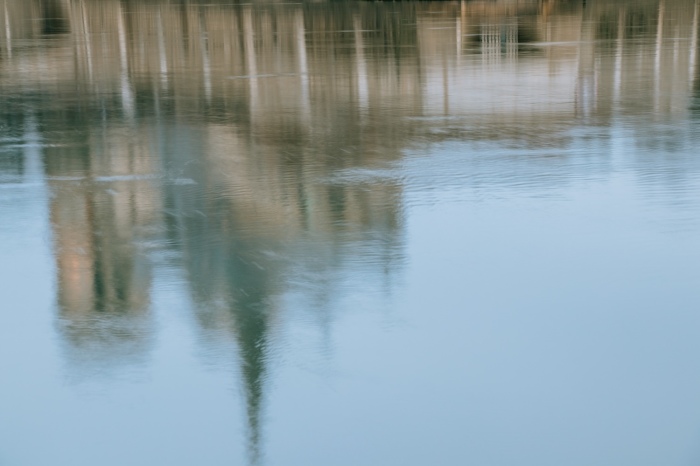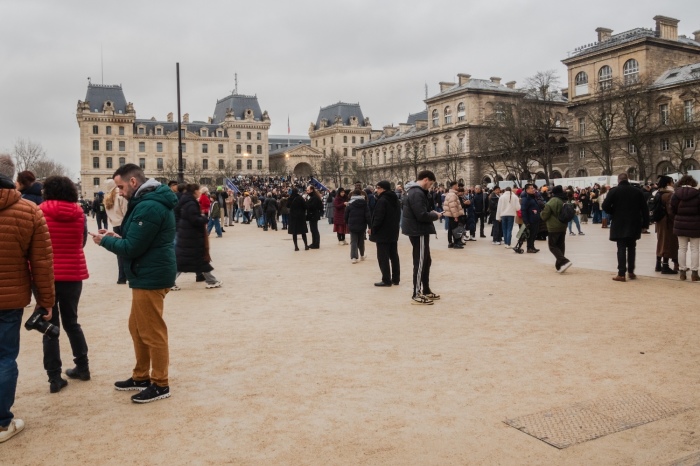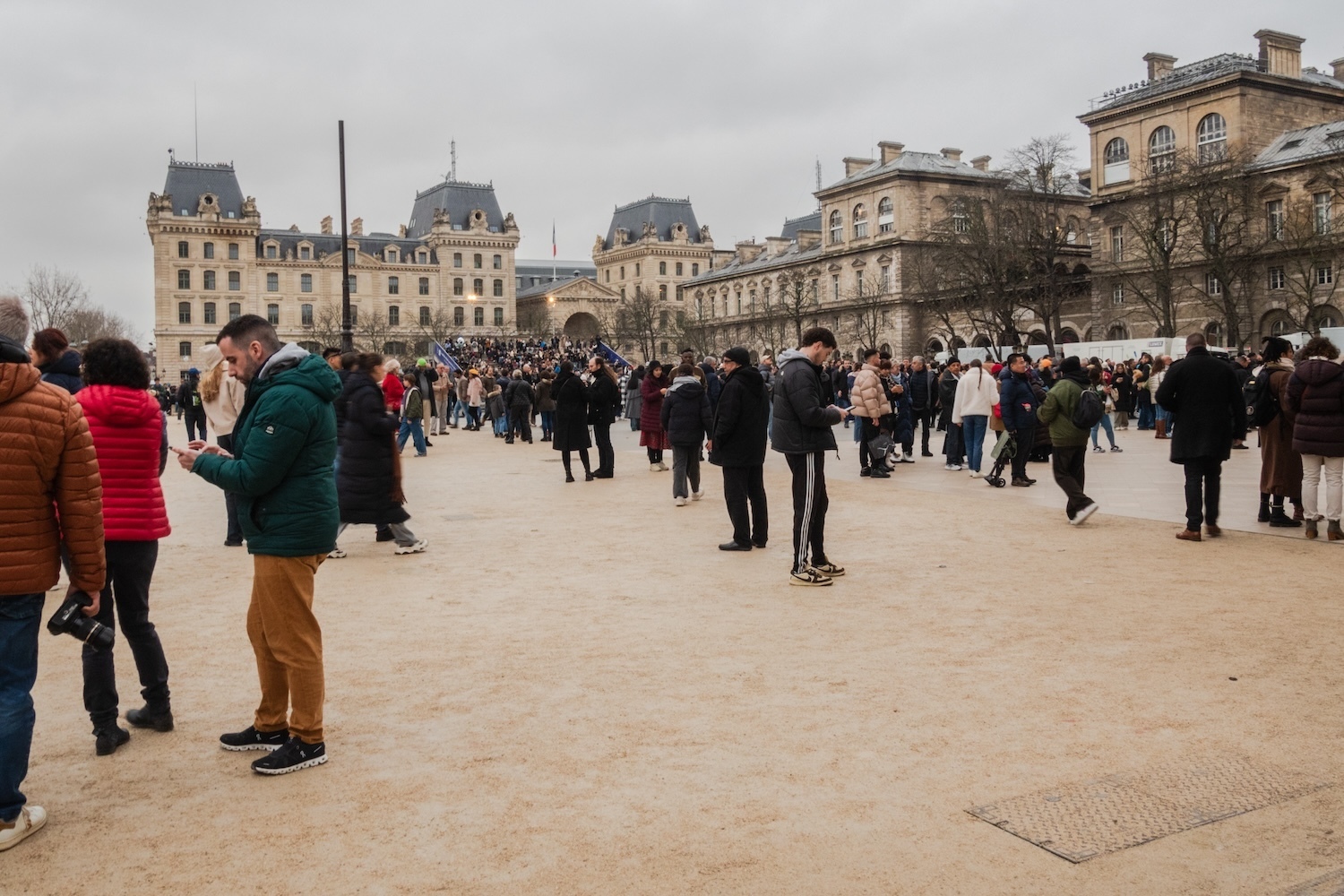
Like countless others worldwide, I was glued to the television earlier this month when Notre Dame Cathedral reopened with a half-state and half-religious ceremony.
In a reflection of the at times delicate 1905 political settlement that gave France’s government ownership of Notre Dame and other existing churches or cathedrals, the Dec. 7 ceremony was effectively co-presided over by French President Emmanuel Macron and the Most Rev. Laurent Ulrich, the archbishop of Paris.
Since that ceremony, which President-elect Donald J. Trump and numerous other dignitaries attended, more than 260,000 people have visited, according to a cathedral spokeswoman. She said that worked out to somewhere around 35,000 visitors each day.
Arguably, the greatest feat in the restoration of this Gothic masterpiece from the 12th century is two-fold: the on-time completion and the restoration of the interior to how the cathedral would have looked after the restoration of the mid-19th century by Eugene Viollet-le-Duc and before the fire of April 15, 2019.
The fact that the French government and assorted stakeholders were able to complete the restoration within Macron’s five-year deadline is remarkable, not least when you consider the scale of the planning, permits and procurement of contracts, to say nothing of the actual restoration of surviving elements and construction of replacements for what was damaged. There is even a nearly $150 million surplus that will be kept for future works, according to The Associated Press.
Contrast that with projects back in the United States, where a major highway or bridge project runs over budget and takes a decade or more to complete. Then again, the restoration of Notre Dame was Macron’s pet project. Besieged by political woes, the cathedral’s completion became a matter of prestige for the embattled president of the Fifth Republic.

My chance to visit came over Christmas, which I had long ago planned to spend in Paris.
The cathedral graciously granted me access to the usually off-limits loft perched high above the nave floor at the west end. The loft is where the 8,000-pipe organ, which is the largest in France, is located.
What struck me most was just how well everything was done. What could be restored — centuries-old stained-glass, the organ, side chapels, flying buttresses and so much more — was painstakingly restored. Other elements — like the soaring vault and timber roof — were rebuilt exactly as before. Then there are the limestone walls and pillars of the nave, which were carefully cleaned to remove smoke from the fire and the patina that had developed from all the burning candles and liturgical incense. The stones are so white that they look heavenly.
The one exception may be the new altar, which some critics compared to a salad bowl, the archbishop’s throne or cathedra and other liturgical furnishings. Modern in design, they are not copies of medieval Gothic or 19th century Gothic revival.
As impressive and old as Notre Dame is, it is not the oldest church in Paris. That distinction belongs to the Church of Saint-Germain-des-Prés. It’s also arguably not even the most beautiful. Some might argue that point in favor of the Church of Saint-Étienne-du-Mont with its rare Renaissance rood screen.
And yet, Notre Dame is arguably the most important part of the City of Light. In the year before the 2019 fire, it was the most-visited place in all of France with 12 million visitors. There is something about it, even for visitors who aren’t in communion with the church of Rome. So much so that it’s hard to imagine what it would be like had the cathedral been razed and rebuilt in a hideous modern style.
Those wanting to visit should probably wait a while as access is at best challenging. Many Americans I spoke to called it chaotic, adding they could not get through long lines for two or three consecutive days.

While open daily, visits outside regularly scheduled Masses were restricted over Christmas. I imagine that will also be the case at Easter. In practice, restricting visitors to only services did nothing to shorten lines or facilitate access for the Roman Catholic faithful. It seemed like most secular visitors hoping to get inside shifted to the line for churchgoers. That is obviously problematic because many of those who genuinely sought to make their confession and receive the sacrament of holy communion were denied entry as secular visitors filled seats.
Countless other notable churches and cathedrals have figured out a more efficient and effective system to manage religious and secular visitors. There must be a better way than Notre Dame’s current approach, which can make the faithful who get inside seem like the equivalent of animals at a zoo. The sacredness of the Roman Catholic Mass — or the rites of any church — should never be seen as some kind of cultural arts performance for tourists.
While Notre Dame’s interior is finished, the exterior is still partially covered in scaffolding. A large construction crane sits well high above the fleche — the copper rooster-topped spire replicating Viollet-le-Duc’s 1859 spire. His spire was erected after the original from the 13th century was dismantled in the 18th century. It will be a few more years before the exterior works are finished.
If you go
Dedicated to the Virgin Mary — a widespread dedication for France’s cathedrals — the formal French name, the Cathédrale Notre-Dame de Paris, translates into English as the Cathedral of Our Lady of Paris. Opening hours are 7:45 a.m. to 7 p.m. Monday through Friday (with Thursday hours extended until 10 p.m.) and 8:15 a.m. to 7:30 p.m. on Saturday and Sunday.
Visitors can reserve a time slot in advance, though the online scheduling system is regularly overloaded. Significantly, no admission is charged.
Additional visiting information can be found on the official Notre Dame website.
Dennis Lennox writes a travel column for The Christian Post.
Dennis Lennox writes about travel, politics and religious affairs. He has been published in the Financial Times, Independent, The Detroit News, Toronto Sun and other publications. Follow @dennislennox on Twitter.







